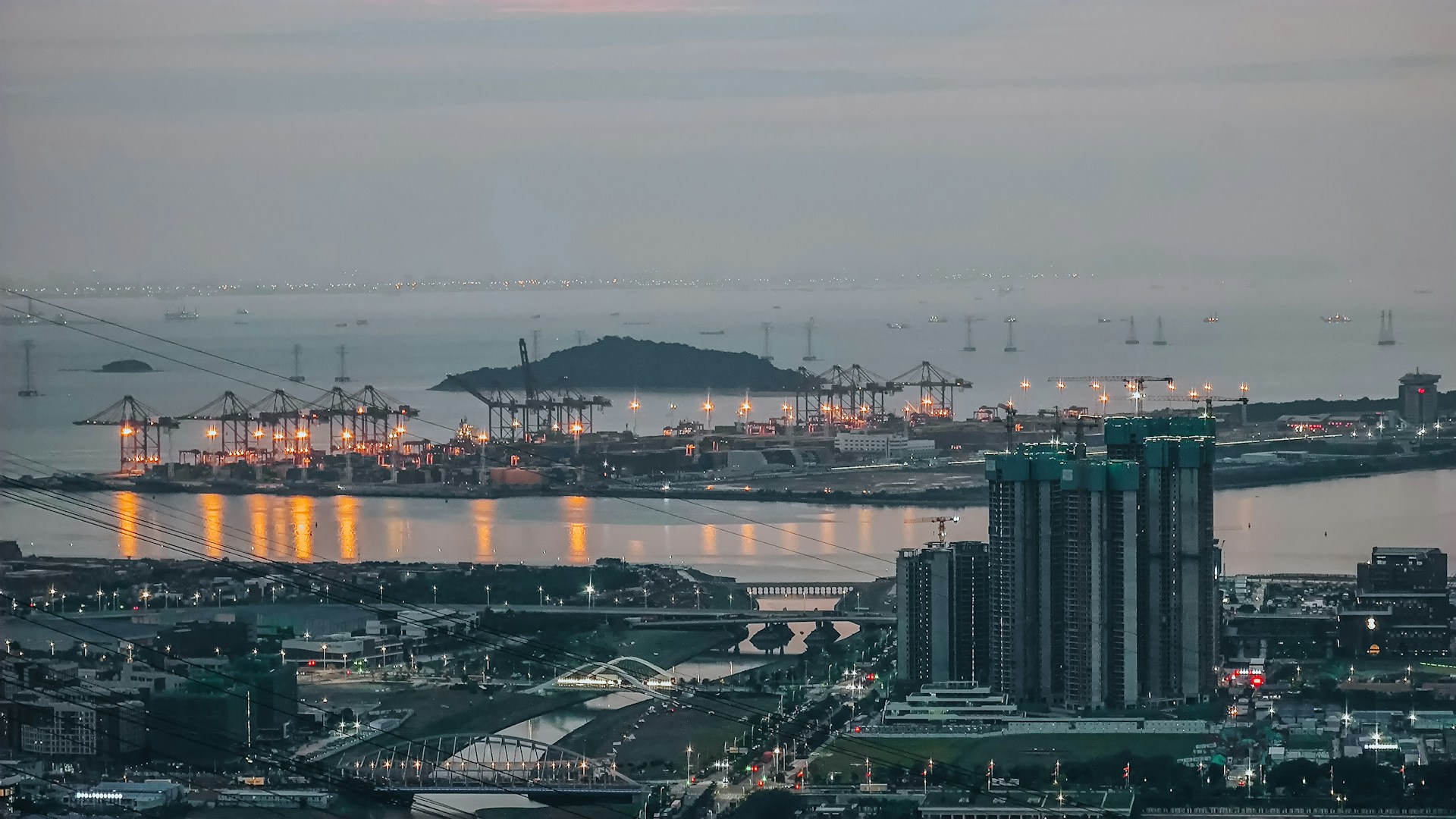Revitalizing Global Connections: China and Vietnam Spearhead Reconstruction of Globalization
In response to the global trade disruptions caused by the pandemic, China and Vietnam, two of Asia’s economic giants, are stepping up as key actors in re-establishing global connections and reshaping the face of globalization. Both nations are on track to become hubs of new global trade routes.
The concept of a unified global economy is now obsolete. A new, more diverse form of globalization, largely influenced by security concerns, is both necessary and under construction. This transition is still in progress, and its ultimate shape remains uncertain. Many of the driving forces behind this significant shift are centered around China and the reactions to its actions by the United States, other democracies in the transatlantic alliance, and the advanced democratic economies of the Indo-Pacific.
Other significant factors contributing to this new globalization include the effects of the Russia-Ukraine war on energy markets and general trade and investment with Russia, as well as the global need to mitigate and adapt to climate change. However, China has been a key player in what could be termed as “maximum trade-centered globalization,” which has governed trade and investment policy for the three decades following the end of the Cold War.
Promising Sectors
China is spearheading a new wave of globalization, powered by a variety of burgeoning sectors. The country is concentrating on generating attractive job prospects, from robot engineering technicians to energy conservation consultants for buildings, providing a snapshot of China’s commitment to innovation-driven and low-carbon development.
In the initial eight months of 2023, there was an 11.3% year-on-year growth in investment in high-tech industries, and a 22.3% surge in investment in scientific research and technological services. China’s dedication to sustainability is also noteworthy. By 2025, it is anticipated that over 350 million square meters of existing buildings will be retrofitted to save energy, and more than 50 million square meters of ultra-low and near-zero energy consumption buildings will be built.
On the other hand, Vietnam is heavily investing in its manufacturing sector, establishing itself as a promising trade hub in Asia. Vietnam has signed 18 active and planned Free Trade Agreements (FTAs), both bilateral and multilateral. These FTAs are facilitating Vietnam’s economic evolution from exporting low-tech manufactured goods and primary products to more sophisticated high-tech items such as electronics, machinery, vehicles and medical devices.
Infrastructure Developments Driving Progress
China’s landmark Belt and Road Initiative (BRI), a billion-dollar endeavor to finance roads, ports, and other essential infrastructure worldwide, has already marked its tenth anniversary. Since its inception in 2012, China’s BRI has successfully forged strategic relationships with 140 countries and 32 international organizations. Its outbound foreign direct investment (FDI) to these countries has also seen a significant increase, making it the world’s leading overseas investor in 2020. Through the BRI, China aims to lay a long-term foundation for global development, reconstruct globalization, and stimulate new regionalism.
In 2021, the Transport Ministry of Vietnam announced a 2030 Master Plan for transport infrastructure that could be worth as much as US$65 billion. This plan includes the construction of 5,000 kilometers of expressways, a deep-water port in Hai Phong, high-speed rail routes running along major north-south arteries, and the completion of Long Thanh International Airport near Ho Chi Minh City. Expanding sea port capacity is also a major priority to manage the increasing volume of imports and exports in the country.
Both China and Vietnam could drive the region’s post-pandemic progress and dictate the new globalization. This topic was discussed at the 2024 Horasis China Meeting in Binh Duong, Vietnam, from April 14-15, 2024. The meeting convened 300 of the most senior members of the Horasis Visions Community, including some of the most prominent business leaders from China and Vietnam, to discuss expanding trade and investment between the two countries, built upon the BRI framework.
Individual Strengths
China’s strength lies in its vast industrial sector, which contributes significantly to its GDP. Its robust transportation infrastructure network facilitates efficient trade. On the other hand, Vietnam’s strength lies in its emerging manufacturing hub status and its strategic location in the middle of the Southeast Asian region, which makes it an attractive destination for international investment.
In conclusion, as China and Vietnam embark on a journey to revitalize global connections and reconstruct globalization, their collaborative efforts in infrastructure development, strategic trade partnerships, and leveraging their individual strengths will be instrumental in shaping the future of international trade and fostering economic prosperity across Asia and beyond.
Photo Caption: A port in Shenzhen, China.




